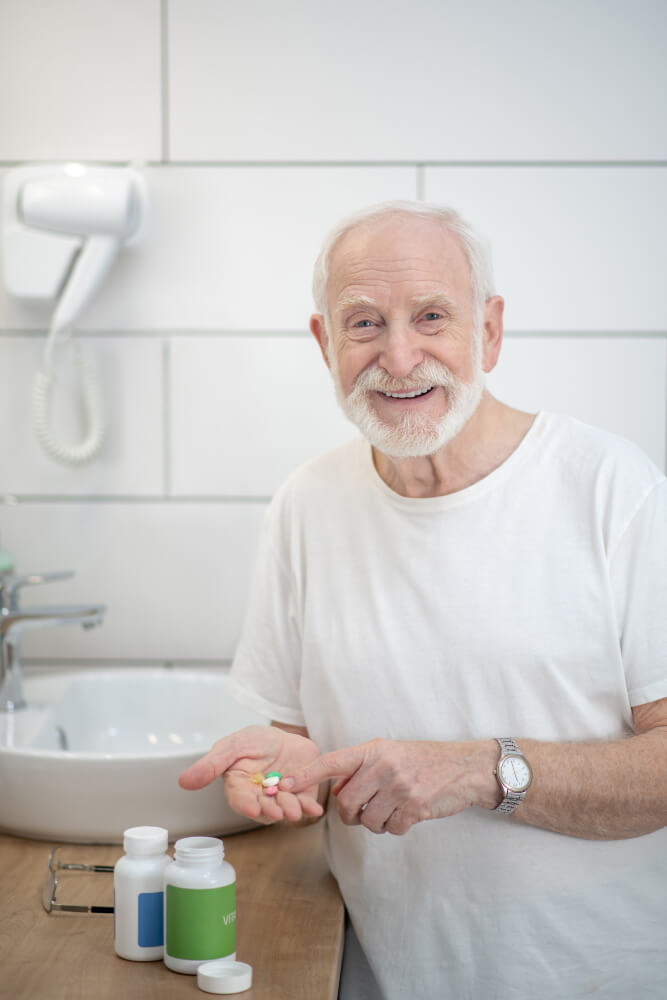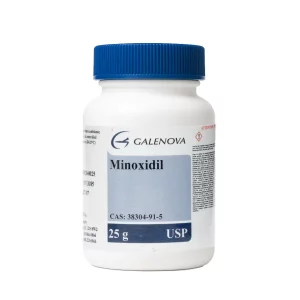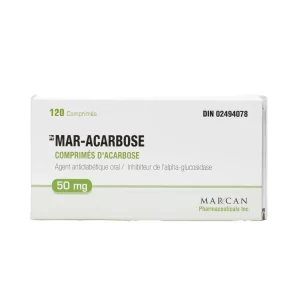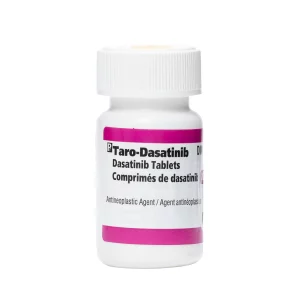Your cart is empty.
Your cart is empty.
Understanding how to take vardenafil properly can make a big difference in how effective it is. Vardenafil is a prescription medication often used to treat erectile dysfunction (ED), which means trouble getting or maintaining an erection firm enough for sex. Its effectiveness depends on many factors, but one of the most important is vardenafil dosage, the amount of medicine taken. This post will also explore how Vardenafil vs Sildenafil compare for different needs, and why it’s important to know your options before you purchase Vardenafil. We’ll even touch on new conversations around Vardenafil for women, based on emerging research.
People respond to medications differently, so healthcare providers typically begin with a moderate dose and adjust it as needed. If you’re starting ED treatment or coming from another option, like sildenafil, it helps to understand how vardenafil vs sildenafil compare in terms of strength, duration, and side effects. In this post, we’ll explore the vardenafil max dose, how age or other medications may affect your ideal amount, and when to consider adjusting your dose with professional guidance.
Dosage refers to the specific amount of a medication that should be taken at one time or over a period of time. Vardenafil is typically available in tablets of 5 mg, 10 mg, and 20 mg. These doses offer flexibility for patients who may respond better to a higher or lower amount. Your provider may start you at a standard dose and monitor how well it works for you before making changes.
Dosage isn’t a one-size-fits-all decision. It depends on your age, general health, other medications you may be taking, and how your body reacts to vardenafil. The goal is to find the lowest effective dose that provides the desired effect. Some people may find 5 mg enough, while others may need 20 mg to achieve the same result.
Most people begin with vardenafil 10 mg, taken about 30 to 60 minutes before anticipated sexual activity. This amount provides a balance between safety and effectiveness. It’s not taken daily, only when needed, unless your chosen specialist suggests otherwise. In clinical practice, 10 mg is a common entry point to gauge response without increasing risk of side effects.
If 10 mg does not provide the desired effect or causes mild side effects, the dose can be adjusted. Your doctor might suggest increasing to 20 mg if the effect is weak or reducing to 5 mg if you experience side effects like headaches or flushing. The key is working closely with your provider to find what works best for your needs.

Vardenafil dosage 40 mg is not recommended for typical use. The maximum approved dose is 20 mg per day. Taking more than that has not been shown to increase effectiveness and may actually raise the risk of serious side effects. These can include low blood pressure, dizziness, or heart complications, especially if combined with other medications like nitrates.
While some men may hear about taking 40 mg doses in forums or from anecdotal stories, this is not supported by clinical guidelines. High doses should only be used in clinical research or under very strict medical supervision, and even then, they are rarely needed. It’s always safest to follow dosing instructions and speak with a healthcare provider before trying anything beyond approved limits.
The maximum recommended dose of vardenafil is 20 mg per 24-hour period. This means you should not take more than one 20 mg tablet per day. Taking more won’t necessarily improve performance but could increase your risk of side effects like upset stomach, vision changes, or dangerous interactions with other medications.
This max dose was established through clinical trials and long-term safety studies. The body’s ability to process vardenafil is limited, so going over the limit puts unnecessary strain on your system. For most men, the standard 10 mg to 20 mg dose works well when taken properly with planning and timing.

Not everyone can take the standard 10 mg or 20 mg dose. Dosage adjustments may be required based on age, liver health, and interactions with other medications. For example, men over 65 often metabolize vardenafil more slowly. In those cases, a 5 mg starting dose may be safer and more comfortable. This helps prevent side effects.
Liver problems may also require adjustments. If liver function is impaired, vardenafil may not break down as quickly in the body, meaning the drug stays in your system longer. People with moderate liver impairment might be limited to a maximum of 10 mg. Similarly, those on certain medications like ritonavir or ketoconazole may need lower doses because they slow down vardenafil metabolism
Vardenafil comes in several strengths: 5 mg, 10 mg, and 20 mg tablets. This variety allows providers to customize your treatment. There is also an orally disintegrating tablet (ODT) form, which dissolves on the tongue and is taken without water. Some people find the ODT more convenient or easier to take than traditional tablets.
These strengths don’t necessarily determine how well the medication will work for you. Some men find that 5 mg works just as well as higher doses. Others may require 20 mg to see full benefits. The duration and speed of the effect can vary by individual, regardless of strength. It’s all about finding the dose that works for your body.
To get the best results, take vardenafil 30–60 minutes before sex and avoid heavy, high-fat meals that can delay absorption. It can be taken with or without food, ideally with water, and avoid alcohol. Never exceed one dose in 24 hours or mix with other ED meds without your provider’s approval. Follow your prescription and talk to your doctor if it’s not working as expected.
Vardenafil for women isn’t FDA-approved yet. Some studies have explored its effects on female sexual dysfunction, but results are mixed. It increases blood flow, which aids erections, but may not have the same effect in women. Women should only use it under specialist guidance or in clinical trials. Safer, better-studied treatments are available, always consult a healthcare provider before trying ED medications off-label.
If you’re not getting the results you expect from vardenafil, or if you’re experiencing side effects, it’s important to consult your healthcare provider. They can assess whether you’re on the right dose or if another medication might be better for you. Don’t try to adjust your dose without proper review.
You should also review responsibly if your health status changes. This can affect how vardenafil works in your system. Being open about how the medication is affecting you helps make the safest and most effective decision.
Vardenafil is a well-tolerated and effective treatment for erectile dysfunction. The typical starting dose is 10 mg, with the option to adjust up or down depending on response. The maximum dose is 20 mg, and exceeding this is not recommended. In some cases, such as with age or liver issues, it’s best to start with 5 mg.
Always follow proper advisement and never take more than one dose per day. Review responsibly if you’re considering changing your dose or if it isn’t working as expected. When used responsibly, vardenafil can greatly improve sexual confidence and satisfaction.

Minoxidil 25mg - Oral vasodilator for blood pressure management. Cardiovascular foundation support, pharmaceutical-grade standards, expert monitoring required.

Acarbose 50mg 120 Tablets - Gentle introduction to glucose control. Three-times daily with meals, precision-formulated tablet strength.

Dasatinib 20mg 60 Tablets - Flexible pediatric-strength dosing option. USP standards compliance, anytime administration, gradual increase capability.
Unlock savings on bundles and elevate your online experience today!